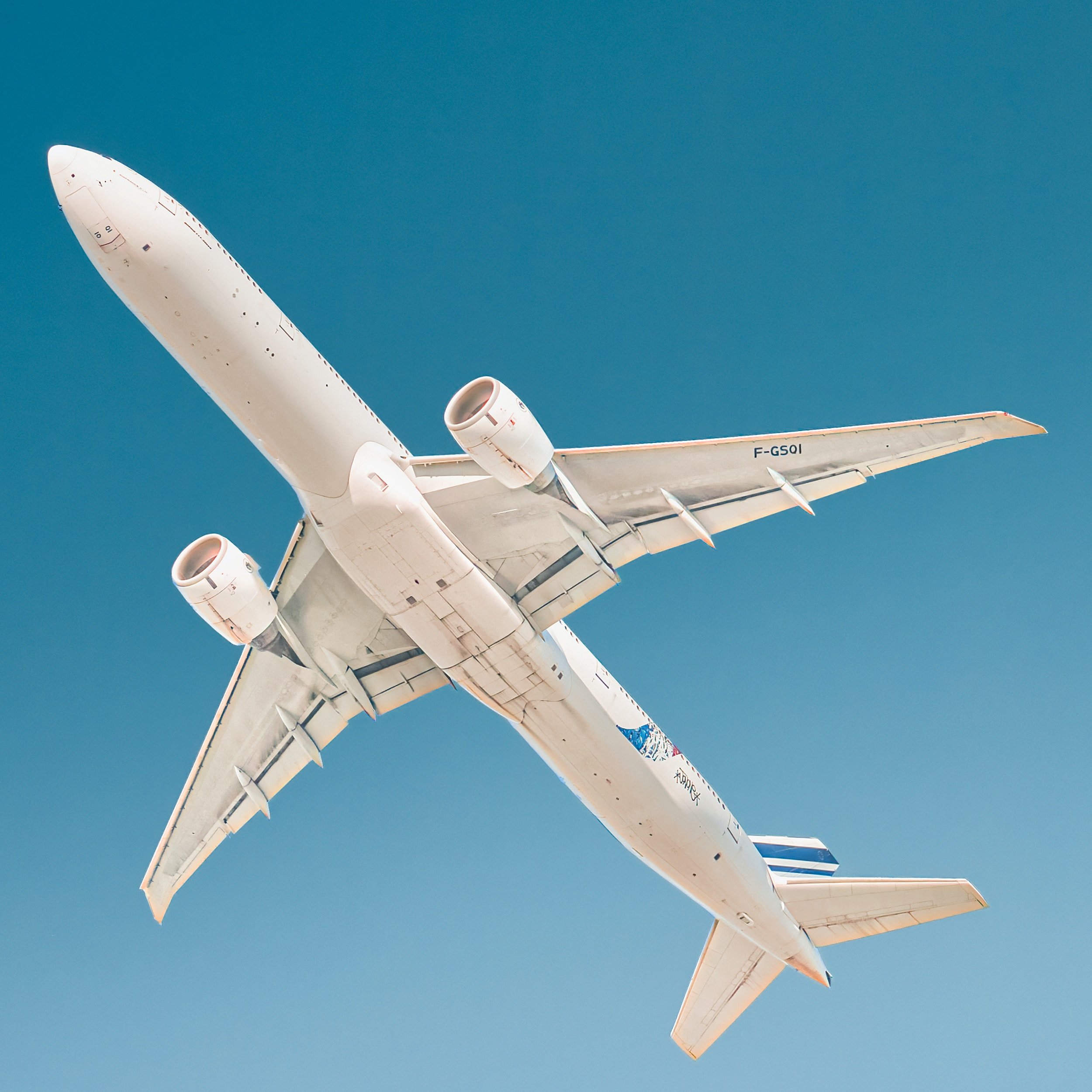It’s that time of the year again — birds are migrating southward toward warmer weather as the days get shorter and cooler.
What is migration?
Migration refers to animals’ seasonal movement from one place to another due to various instinctive and strategic reasons. Generally, animals migrate to find better living conditions and to ensure their survival.
Birds that nest in the Northern Hemisphere migrate twice a year — first in spring, during which they move northward to take advantage of the warmth and abundant food of the season, and another time in the fall, during which they escape the winter and seek better resources in the south.
The distance traveled by birds varies. Some simply migrate from higher to lower altitudes during the winter, while some, like whooping cranes and Arctic terns, can travel thousands of miles.
This year, the fall migration period began on August 15, and will end on November 30, 2023, but peak migration is currently ongoing all the way until October 29.
And Texas plays a big role in that!
Why is Texas important to bird migration?
One of the primary reasons Texas plays such a pivotal role in bird migration is its strategic geographical location. Situated at the convergence of two major migratory flyways—the Central Flyway and the Mississippi Flyway—Texas offers migrating birds a unique pathway between their breeding and wintering grounds.
The Central Flyway: This migratory route stretches from the Arctic tundra to Central and South America. Texas provides a vital gateway for birds that utilize this route.
The Mississippi Flyway: Covering the eastern part of North America, the Mississippi Flyway also intersects Texas, making it a critical stopover for a wide array of species.
Because Texas has an impressive range of ecosystems, from coastal marshes and woodlands to arid deserts and lush river valleys, migrating birds have ample habitat options for refueling and resting as they prepare for their long journey.
How can we help birds safely migrate?
Migration requires a ton of energy, so birds preparing for this journey bulk up to ensure they have enough fuel! Providing high-quality food through feeders can help them stock up on much-needed sustenance.
Many migrating birds also travel at night. They use the light of the moon and stars to navigate, and take advantage of the evening’s stabler atmospheric conditions for travel.
Unfortunately, big cities can throw birds off course as they can get disoriented by all the artificial lights. They get lost and confused, exhausting themselves from trying to communicate and get back on track. They may sometimes collide with buildings and other structures as well, which can lead to high fatalities.
To help minimize these accidents, here are some steps we can follow:
Turn off non-essential lights from 11pm to 6am
Avoid using landscape lighting on trees where birds may be nesting
For essential lights, try these practices to minimize light pollution:
Aim lights down
Use motion detectors so lights go on only when you need them
Close blinds at night to minimize lights being emitted from windows
For more resources on how to support bird migration, check out Lights Out Texas!










